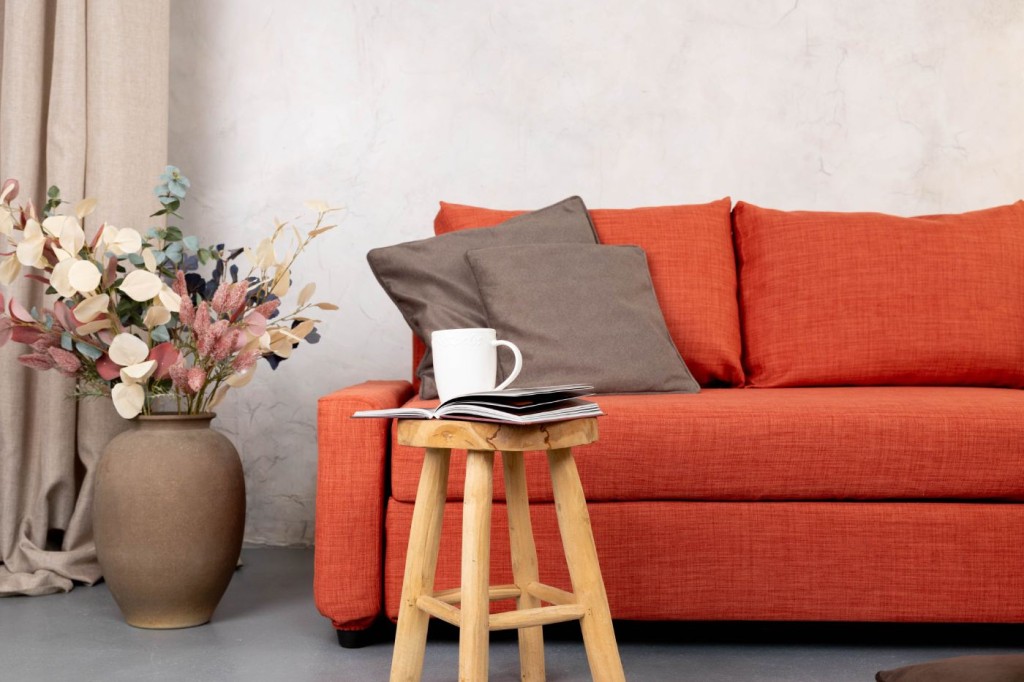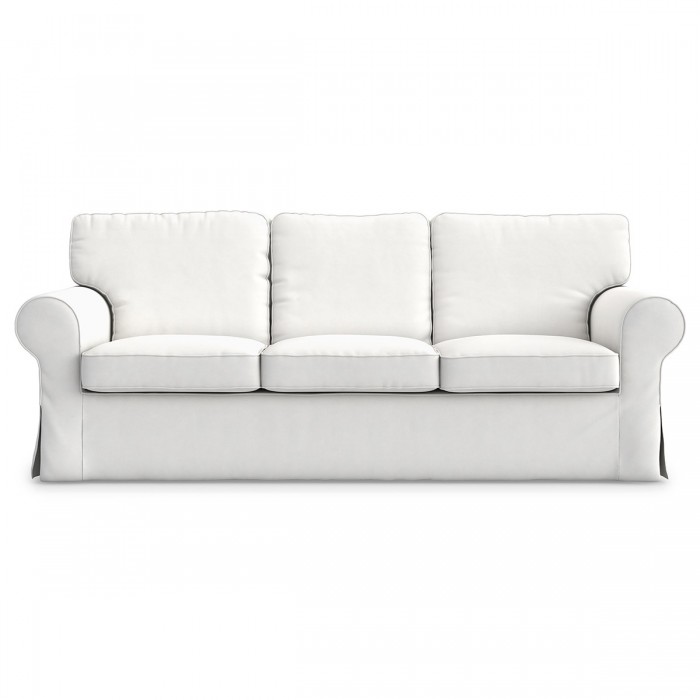Colors and emotions – how color psychology can affect your mood

Colors have a unique ability to affect our emotions, and they play a crucial role in our daily lives. From the moment we wake up to the time we rest our heads, we are surrounded by a spectrum of hues that can influence our moods, behavior, and overall well-being. Colors can evoke pleasure, happiness, anxiety, and many more. Whether you’re looking to change your interior design or just make subtle changes in any room, remember that each color has its own philosophy and can affect your emotions.
Color psychology
It’s essential to understand the psychology of colors. Have you ever seen certain colors and started to feel more happy, sad or angry at the moment? Different colors evoke various emotions and feelings. Hues are rooted in our personal experiences in childhood. Let’s explore some of the most common colors associated with emotions.
Radiant Red
Red is a color associated with passion, energy, and excitement. It’s dynamic and seductive. It can raise the heart rate and create a sense of urgency. It’s also associated with two most powerful, but opposite feelings – love and hate. In home decor, color red can be used as an accent color to add a pop of energy into a room. But be careful, red can also be associated with anger and negative emotions. That’s why red has to be used cautiously.


Calm and tranquil Blue
Blue is known for its calming and soothing effects. It promotes a sense of relaxation and can lower stress levels. Ideal for bedrooms and home offices, blue can help create a peaceful atmosphere. It improves productivity and doesn’t distract. Also, the color blue is often associated with trust, harmony and compassion.


Joyful Yellow
Yellow is often associated with happiness and positivity. It can uplift your spirits and create a sense of optimism. Incorporating yellow accents in your living space can bring in a touch of sunshine and good vibes. This happy color promotes development and creativity.


Nature’s Green
Green is the color of nature and symbolizes growth and renewal. It can have a balancing and calming effect, making it perfect for creating a harmonious environment. Houseplants and green decor elements can enhance your living space’s serenity. Color green is often associated with nature, freshness and peace. It also can make it easier to relax.


Elegant Black
Black is a color that exudes sophistication and mystery. It can add a sense of depth and drama to your home decor. Used sparingly, color black can create a chic and elegant ambiance. Black is the perfect color to match with different, vibrant hues. It will work well with every color.


How to match colors for a positive living space?
To create a positive vibe in your home, it’s important to understand the emotional and psychological effects of colors. Then there are a few steps to take before changing the ambiance of the whole living space.
The room’s purpose
First thing to do is think about the purpose of each room – this will depend on what colors we use in it. Is it a bedroom, a living room, or a home office? Different spaces may require different color schemes to support their intended use.
Balance colors
Remember, more doesn’t mean better. Mixing different shades or too many colors won’t look good and might trigger conflicting emotions. It’s important to balance colors, preferably with neutral tones like white, beige, or gray to prevent overwhelming your space.
Color accents
Colorful accents aren’t a bad thing! On the contrary – they can even arouse positive emotions! You can add decorations in different hues such as cushions or curtains. But it’s important to harmonize them well together.
Personalization
Incorporate colors that resonate with you on a personal level. Your living space should reflect your unique style and personality. If your favorite colors surround you – you’ll automatically feel better.


Pick the sofa cover in your favorite color
When it comes to revamping your living space, even small changes can add charm and nice appeal. All you need to do is put a cover in a unique color on your current couch that will match your personality. The choice of sofa covers can have a significant impact on the overall look and feel of your home. Here’s how you can select the right sofa covers to enhance your space’s positive vibes:
Color coordination
Choose a sofa cover that matches both your personality and interior design of your home. Delve into the psychology of colors and choose the right one based on it.
Texture and material
Consider the texture and material of the sofa covers. Soft, plush fabrics like Velvet or Premium Velvet can add a sense of luxury and comfort, while less expensive but still durable and great-looking materials such as cotton or polyester give a cozy and glamorous look.
Versatility
Sofa covers that can be easily replaced or updated. This allows you to adapt your decor as your style preferences change. Slipcovers can also be matched to your current mood and emotions.
Enhance your style with cool colors
The best style is the one you feel the best with. Your sofa is often a focal point in your living room, so use it to showcase your style and personality. Experiment with colors that suit you the most – that will make you feel special in your own living space.


In the world of interior design, the impact of colors and emotions is undeniable. Your living space should be a reflection of your personality and a place where you feel comfortable and positive. By understanding color psychology and how it influences our emotions, you can make conscious choices when it comes to home decor. It allows you to avoid choosing hues that induce negative emotions and put you in a bad mood and instead of that – pick colors that evoke the best emotions in you!






